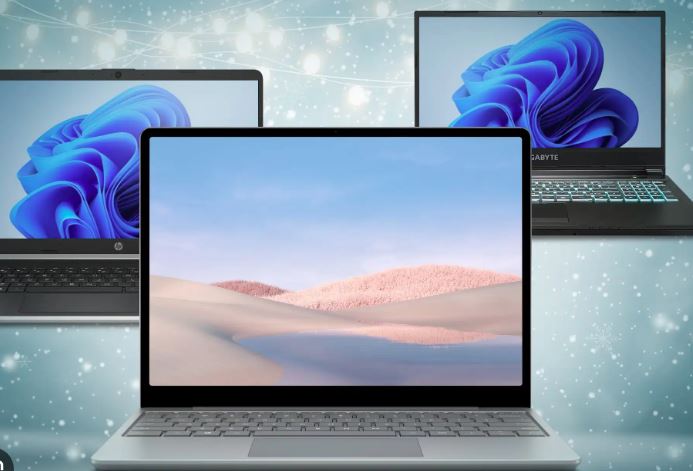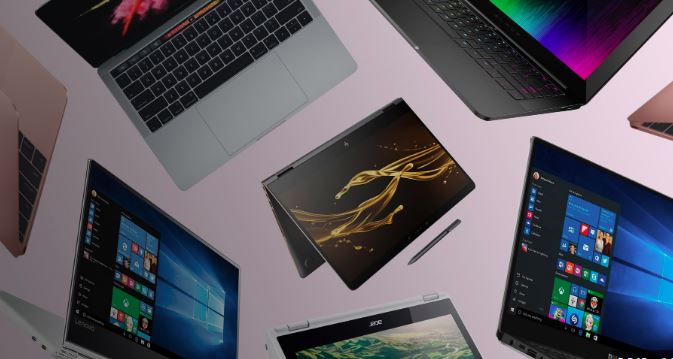Shopping for a new laptop can be an overwhelming experience with the vast array of options available on the market. Whether you’re a student, a professional, or a casual user, selecting the right laptop can greatly impact your productivity and overall computing experience. In this comprehensive guide, we’ll walk you through the key factors to consider when choosing the perfect laptop for your needs.
1. Purpose: First and foremost, determine what you’ll be using the laptop for. Are you a student in need of a device for note-taking and research? Or are you a graphic designer looking for a powerful machine to run resource-intensive applications? Write down your specific requirements to narrow down your options.
2. Size and Portability: Consider the size and weight of the laptop. Do you need a compact and lightweight device for easy portability? A smaller screen size, such as 13 to 14 inches, would be suitable. If you prioritize a larger display for immersive multimedia experiences or multitasking, opt for 15 to 17 inches. Remember, larger screens typically result in heavier laptops.
3. Performance: The processor, RAM, and storage are crucial aspects that determine a laptop’s performance. Processors from Intel and AMD, such as Intel Core i5 or AMD Ryzen 5, are suitable for most tasks. For intensive software, gaming, or video editing, consider higher-end processors like Intel Core i7 or AMD Ryzen 7. Aim for at least 8GB of RAM, which allows for smooth multitasking, and prioritize solid-state drives (SSDs) for faster boot times and data access.
4. Battery Life: If you need to use your laptop on-the-go, consider battery life. Look for laptops with longer battery durations, preferably 8 hours or more, to ensure you’re not constantly searching for power outlets. Keep in mind that running demanding applications will drain the battery faster.
5. Display Quality: The display is where you’ll spend most of your time, so it’s important to choose wisely. Look for laptops with sharp and vibrant screens. Full HD (1920×1080) resolution is the standard, but if you’re a content creator or require more screen real estate, consider higher resolutions like QHD (2560×1440) or 4K (3840×2160).
6. Graphics: If you’re a gamer, graphic designer, or video editor, consider a laptop with a dedicated graphics card. NVIDIA GeForce and AMD Radeon GPUs provide better performance for demanding applications. For casual users or those not requiring intensive graphics, integrated graphics will suffice.
7. Connectivity and Ports: Ensure the laptop has the necessary ports to connect your peripherals. USB Type-A and Type-C ports, HDMI, and an SD card reader are commonly used. If you often connect to external monitors or projectors, check for compatibility with the required video outputs.
8. Operating System: Choose an operating system that aligns with your preferences and software requirements. Windows, macOS, and Chrome OS are the most common options. Consider the software compatibility and ecosystem associated with each operating system.
9. Budget: Set a budget based on your requirements and how long you expect the laptop to last. Keep an eye out for seasonal sales, discounts, and refurbished options to get the best value for your money. Avoid compromising too much on essential features just to save a few bucks.
10. Reviews and Recommendations: Finally, read online reviews and seek recommendations from trusted sources. Websites, forums, and YouTube channels dedicated to technology can provide valuable insights into a laptop’s performance, reliability, and customer support.
By considering these factors, you can confidently select a laptop that perfectly suits your needs. Remember to strike the right balance between performance, portability, and your budget. Whether you’re a student, a professional, or a casual user, investing time in researching and selecting the right laptop will pay off in the long run as you enjoy a smooth and seamless computing experience.



